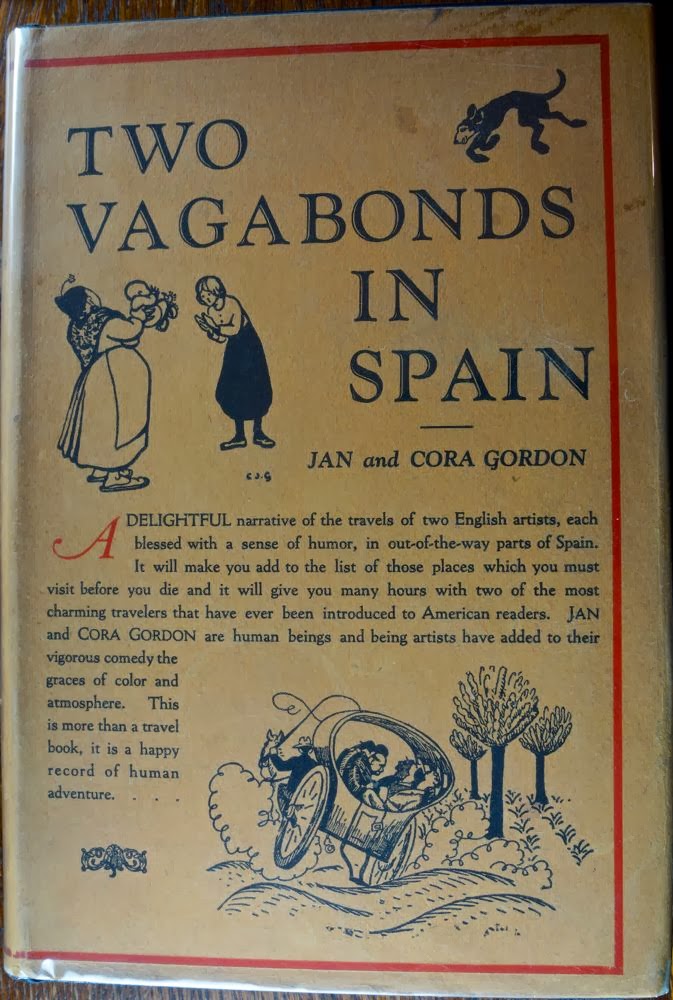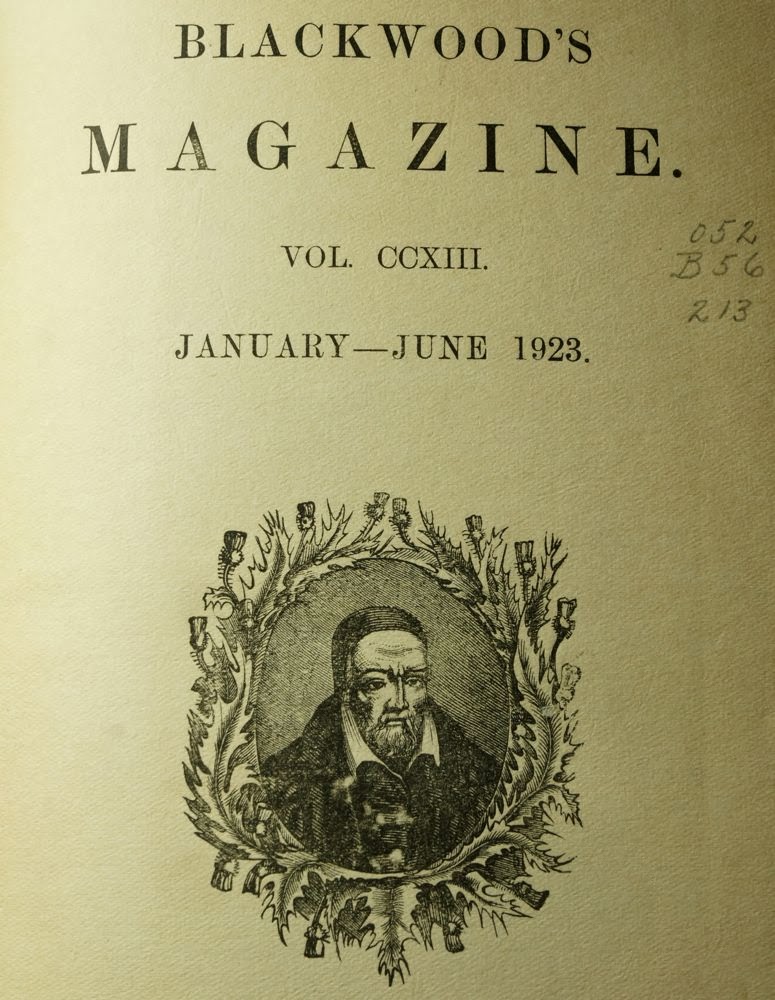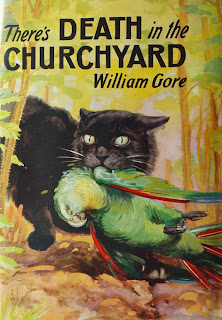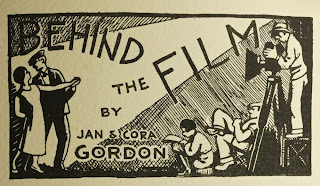Jan Gordon: The Daffodil Seller
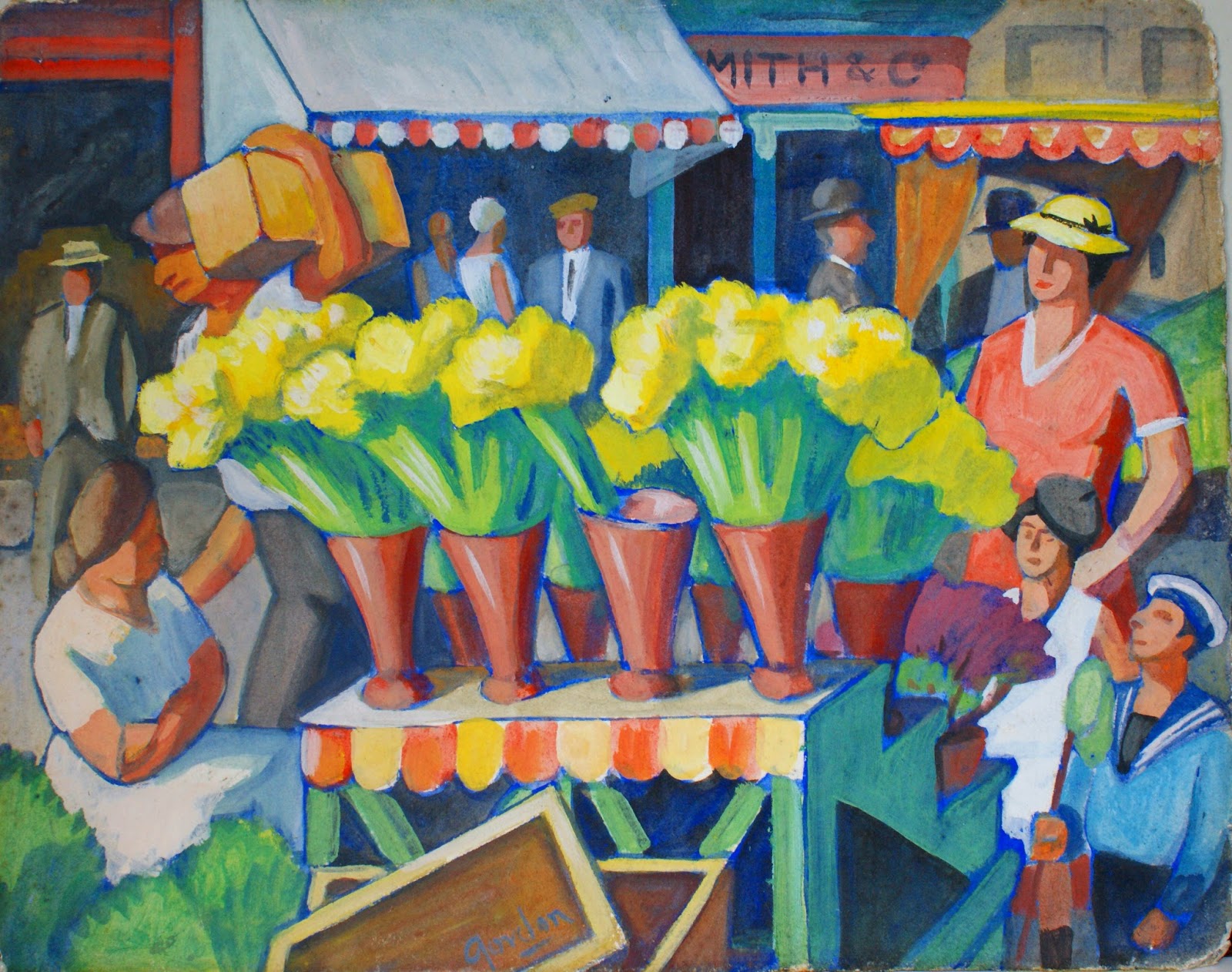
A vibrant painting by Jan Gordon, made in London , probably in the mid 1920s to early 1930s, shows a daffodil seller in a bustling street. A lady sits next to her stepped display of daffodils, the flowers being held in four vases to a row. A man strides past with a box on his shoulder and other hat-bearing ladies and gentlemen walk along the street or stop to chat. Admiring the daffodils is a smart lady with her daughter and younger son, the latter wearing a sailor's uniform. There's nothing to prove it, but this trio is very reminiscent of Doris , Pamela and Denis (W.D.A.) Smith, friends of Jan and Cora Gordon since WW1 days. Perhaps the partially obscured "SMITH & Co" above the shop door on the other side of the street supports this notion.




